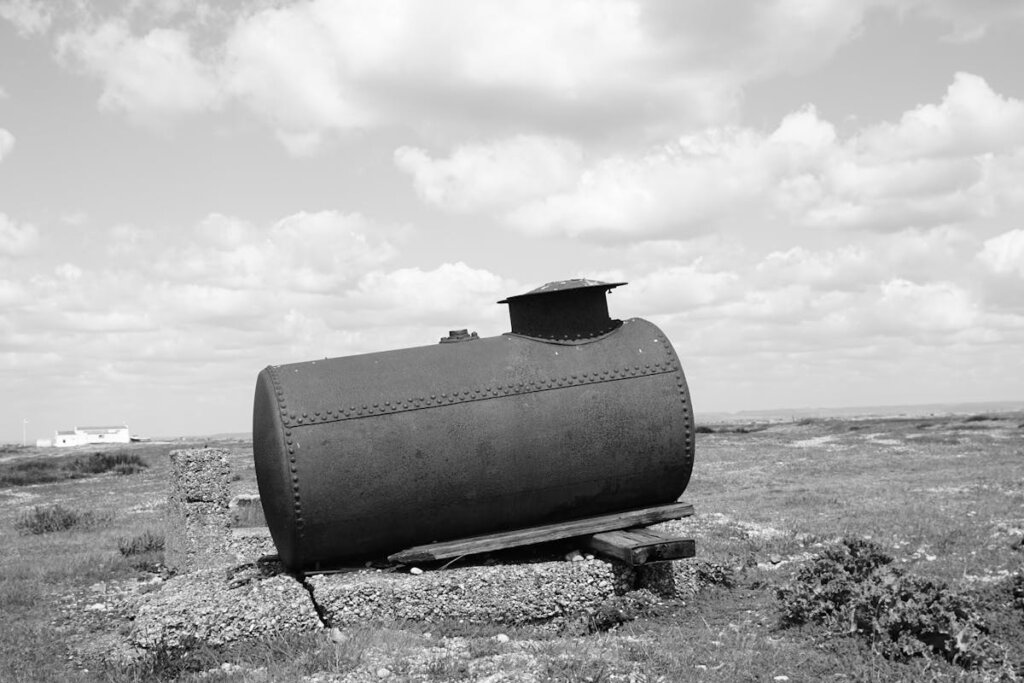
Owning a home with a septic system in Connecticut comes with responsibilities that many first-time homeowners may not fully anticipate. One of the most important maintenance tasks is septic tank pumping, which helps prevent backups, unpleasant odors, and costly damage.
While many homeowners think only about the basic pumping charge, the reality is that septic tank draining cost often goes beyond the advertised price. Hidden fees and additional expenses can quickly add up, catching homeowners off guard. By understanding these costs ahead of time, you can budget wisely and avoid surprises when the service truck arrives.
Why Septic Tank Draining Matters
A septic tank works by separating solid waste from wastewater and slowly breaking it down. Over time, however, the solid material accumulates at the bottom of the tank. If it is not removed regularly, the system can clog and fail, leading to expensive repairs or even a full replacement.
Routine septic tank draining is recommended every three to five years, though frequency depends on household size, water usage, and tank capacity. Ignoring this routine task may seem like a short-term savings, but it often results in emergency pumping costs that far exceed regular maintenance.
The Base Price vs. the Real Cost
When you call a septic service company, you may hear an attractive flat fee for pumping, often marketed as the standard septic tank draining cost. However, this number usually applies to ideal conditions. In reality, most homes have variables that affect the total price.
The size of the tank, ease of access, and how long it has been since the last service all impact what you will pay. Understanding these additional factors is key to budgeting realistically rather than relying on the advertised base price alone.
Tank Size and Capacity Charges
One of the first hidden costs homeowners encounter is related to tank size. Many companies base their standard pricing on a 1,000-gallon tank, which is common in Connecticut. If your system is larger, you will likely pay an additional fee for each extra gallon pumped.
Bigger households often have larger tanks, which means higher costs. If you are unsure of your tank’s size, it is worth confirming before scheduling service so that you are not surprised by an inflated bill.
Accessibility Issues
Another factor that can raise septic tank draining cost is accessibility. Tanks that are difficult to reach may require extra labor or specialized equipment. For example, if your tank is buried under a deck, landscaping, or several feet of soil, the service crew may need to dig before pumping can begin.
Even if no digging is required, a long distance between the tank and the truck can lead to additional hose charges. Some companies set a standard length of hose and charge per extra foot beyond that. Planning ahead by ensuring clear access to your septic tank can help reduce these costs.
Extra Fees for Emergency Service
Many homeowners delay septic maintenance until a problem arises. Unfortunately, waiting until you have sewage backing up into your home often means paying emergency service rates. Septic companies charge more for last-minute calls, evening visits, weekends, or holidays.
These emergency fees can sometimes double the standard septic tank draining cost. Scheduling routine maintenance during regular business hours not only protects your system but also saves you from inflated emergency charges.
Sludge and Waste Disposal Charges
Some companies separate their pumping fee from disposal costs. After the tank is drained, the waste must be transported and processed at a licensed treatment facility. This disposal fee is sometimes included in the estimate but may also be listed separately on your final bill.
Homeowners who assume the initial quote covers everything may be surprised to see an extra line item for disposal, so it is important to ask about this in advance.
Inspection and Additional Services
During pumping, many companies recommend inspections to check the condition of the tank, baffles, and drain field. While inspections are beneficial, they come at an added price. Some homeowners choose to skip this step to save money, but ignoring potential warning signs could result in costly repairs later.
If the technician discovers issues such as cracks, root intrusion, or failing baffles, you may face immediate repair costs as well. While these charges are not technically hidden, they often go unmentioned in initial price quotes.
Add-On Chemicals and Treatments
Certain service providers promote additives or biological treatments as part of septic tank maintenance. These are often marketed as a way to improve bacterial balance and reduce sludge buildup. While some treatments may help in specific situations, many are unnecessary if you stick to proper pumping schedules.
Additives can increase your bill by a significant margin without providing measurable benefits. Before agreeing to any chemical treatments, do your own research to determine whether they are truly needed.
Local Permits and Regulations
In some Connecticut municipalities, draining a septic tank may require permits or compliance with local health department regulations. While this is not always the case, certain towns do impose fees to ensure that waste disposal follows proper environmental standards.
These costs are sometimes added directly to your bill by the service company. To avoid surprises, it is smart to check with your local health department about permit requirements before scheduling service.
Long-Term Costs of Neglect
While many homeowners focus on minimizing the immediate septic tank draining cost, failing to invest in regular maintenance can lead to far greater expenses. Neglected systems are more likely to experience backups, saturated drain fields, or even total system failure.
Replacing a septic system in Connecticut can cost tens of thousands of dollars. By contrast, paying a few hundred dollars every few years for pumping is a small price for long-term peace of mind. Viewed this way, the additional costs of routine service are far less painful than the alternative.
How to Avoid Hidden Fees
The best way to avoid hidden fees is to ask detailed questions when booking your service. Request a written estimate that includes tank size, hose length, disposal charges, and any additional services. Clarify whether emergency rates apply and what costs you can expect if repairs are recommended.
Homeowners who prepare in advance and maintain their systems regularly are less likely to be caught off guard by surprise charges. A little preparation goes a long way in keeping septic tank maintenance affordable.
Final Thoughts
Septic maintenance is one of those tasks homeowners cannot afford to overlook. While many focus on the basic pumping charge, the true septic tank draining cost often includes additional expenses like disposal fees, accessibility challenges, inspections, and emergency service rates.
By being aware of these hidden costs, you can budget realistically, avoid surprise charges, and extend the life of your system. In the end, regular maintenance is not just about keeping costs predictable but also about protecting your home, your health, and your wallet.

